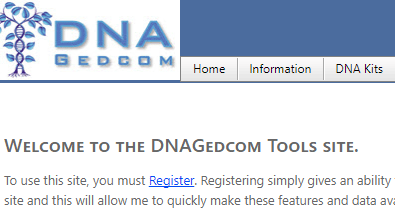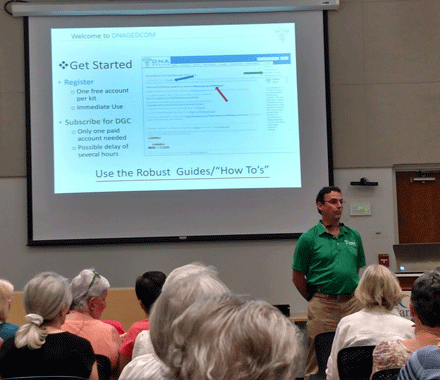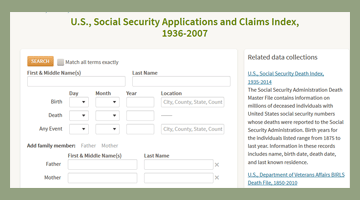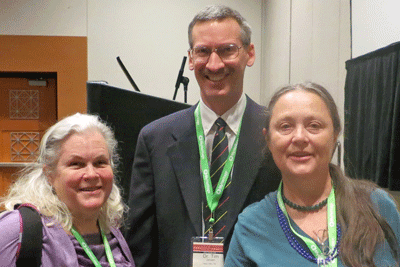In the last few months, I have helped solve five out of six unknown parentage cases in just a few weeks from mainly third and fourth cousin matches. How? By using the GWorks automation from DNAgedcom combined with AncestryDNA results. These searches used to take many months, even years, with much tedious spreadsheeting and segment analysis. What has changed?
 Well, Ancestry.com
Well, Ancestry.com now has a database of over 20 million tests [number updated on 5 dec 2021] plus software to connect trees and DNA. This can make the search easy for Americans without having to use the segment data.
My attempt to explain the technique I use of combining GWorks with mirror trees met with glazed eyes in my Adoption workshop last June. I thought my previous write-up was pretty clear but I have not heard back from anyone saying that it had worked for them. So I am trying again with this post today.
In an unknown parentage search, the object is to find a common ancestral couple among your DNA matches and build a tree of their descendants until you find someone in the right place at the right time. It seems pretty obvious to me that an automated way to compare trees is best; followed by surname frequencies to check for the spouses, in order to figure out which lines to follow. So why does everyone tune out when I try to explain how to do that with GWorks? Too many steps? Too geeky?
By using GWorks to find a likely ancestral couple, I have been able to build down to the grandparents or great grandparents of the adoptee fairly quickly. Then I build the trees back in time for each child’s spouse to find the most likely line. At this point I start using “mirror” or research trees.
Here is the step-by-step approach:




